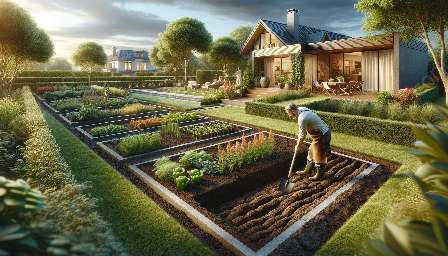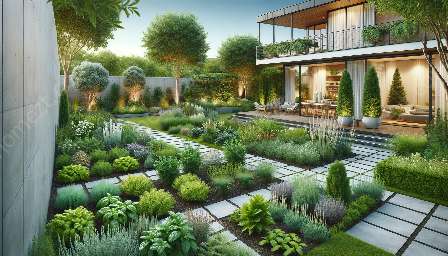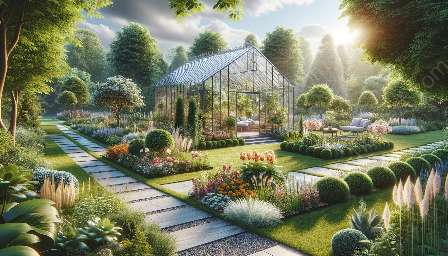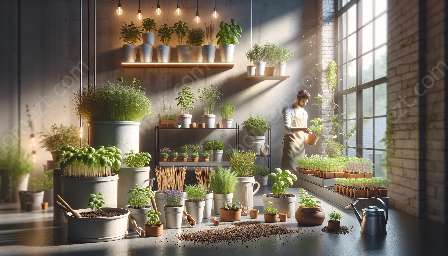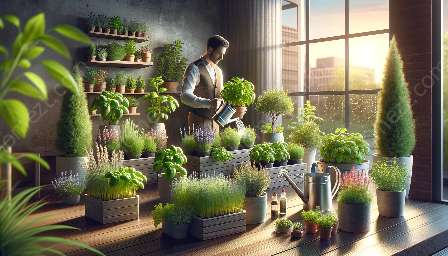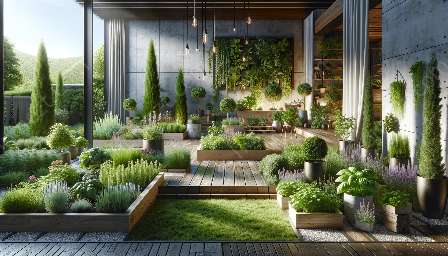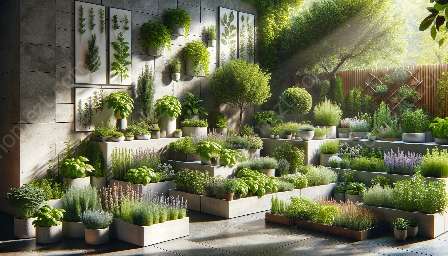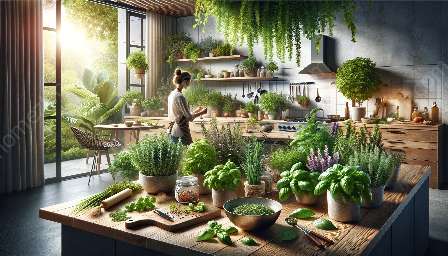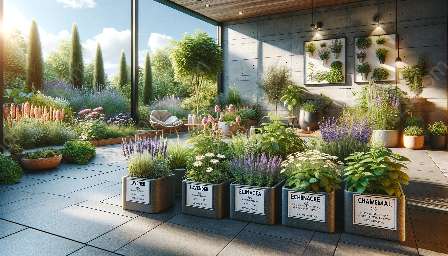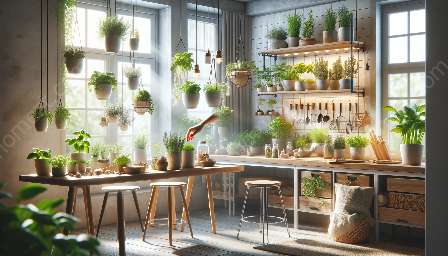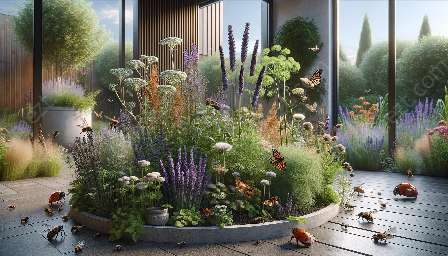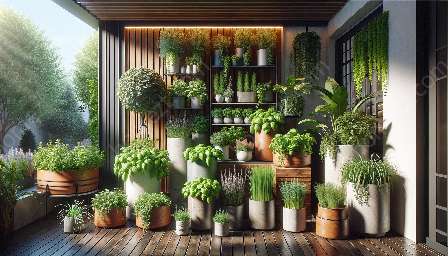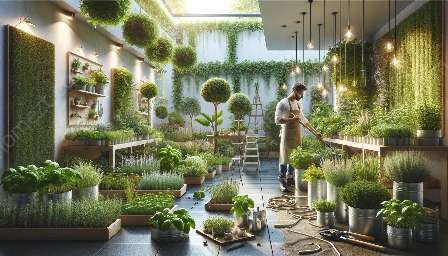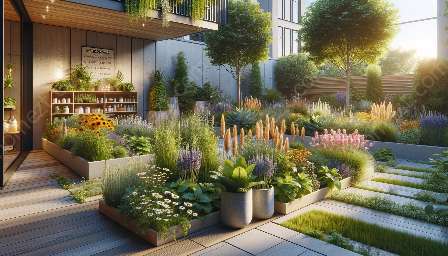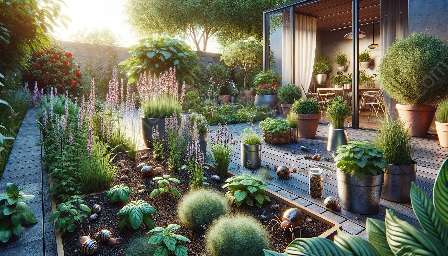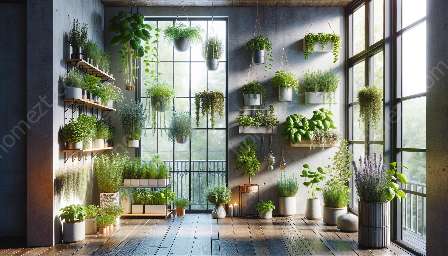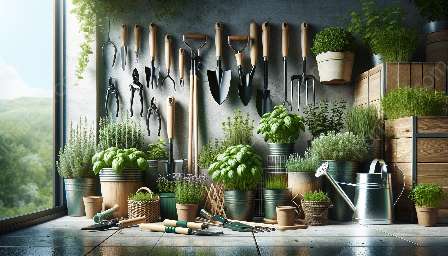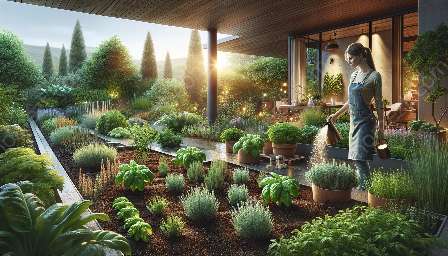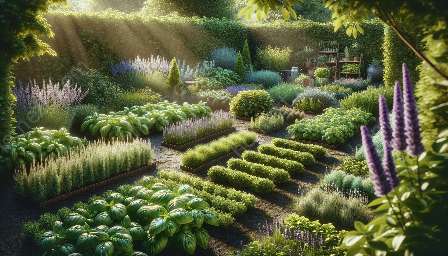When it comes to gardening and landscaping, there's nothing quite like the allure of a carefully curated herb garden. Not only do herb gardens add depth and beauty to your outdoor space, but they also provide a practical and sustainable way to incorporate fresh herbs into your home cooking. In this comprehensive guide, we will explore the art of herb gardening, landscaping ideas that incorporate herbs, and how to integrate your herb garden seamlessly into your home and garden.
Herb Gardening: Cultivating a Fragrant and Bountiful Garden
What is Herb Gardening?
Herb gardening involves the cultivation of herbs for culinary, medicinal, or aromatic use. Unlike other types of garden plants, herbs are often prized for their flavorful leaves, seeds, or flowers, making them a sought-after addition to any garden.
Choosing the Right Herbs
When starting an herb garden, it's important to select a variety of herbs that thrive in your local climate. Some popular choices for beginner herb gardeners include basil, thyme, rosemary, mint, and parsley. Additionally, consider the specific uses of the herbs you choose and whether they are suitable for cooking, tea-making, or medicinal purposes.
Caring for Your Herb Garden
Herb gardens require proper care and maintenance to thrive. This includes providing adequate sunlight, well-drained soil, and regular watering. Additionally, pruning and harvesting herbs regularly can help promote healthy growth and ensure a bountiful supply throughout the growing season.
Landscaping Ideas: Integrating Herbs into Your Outdoor Space
Herb Borders and Edging
One popular way to incorporate herbs into your landscaping is by creating herb borders and edging. By planting low-growing herbs such as thyme or creeping rosemary along paths, borders, or rock walls, you can add a touch of greenery and fragrance to your outdoor space.
Herb Containers and Raised Beds
If space is limited or you want to keep herbs close at hand, consider using containers or raised beds for your herb garden. This allows you to grow herbs on patios, balconies, or small outdoor areas, providing easy access for cooking and caring for your herbs.
Herb Pathways and Walkways
Enhance the visual appeal of your garden by creating herb-infused pathways and walkways. Planting robust herbs like lavender or sage along walkways not only adds fragrance but also creates a charming and inviting atmosphere for your outdoor space.
Integrating Your Herb Garden into Your Home and Garden
Herb Kitchen Gardens
Bring the beauty and convenience of fresh herbs directly into your kitchen with a dedicated herb kitchen garden. By installing a small herb garden near your kitchen, you can easily harvest flavorful herbs to enhance your culinary creations.
Herb Accent Plantings
Besides integrating herbs into your landscaping, consider using them as accent plantings in your existing flower beds and vegetable gardens. This not only adds variety and interest but also provides functional benefits to your overall garden ecosystem.
Herb Garden Design Tips
When designing your herb garden, consider factors such as sunlight exposure, soil quality, and water accessibility. Combining herbs with other garden elements like ornamental flowers, shrubs, and hardscaping features can create a harmonious and visually appealing garden space.
Conclusion
Creating a fragrant and bountiful herb garden is a rewarding and enriching endeavor that can enhance both your gardening and home and garden experiences. With careful planning and attention to detail, you can cultivate a diverse assortment of herbs, integrate them into your landscape, and enjoy the practical and aesthetic benefits they bring to your home.



